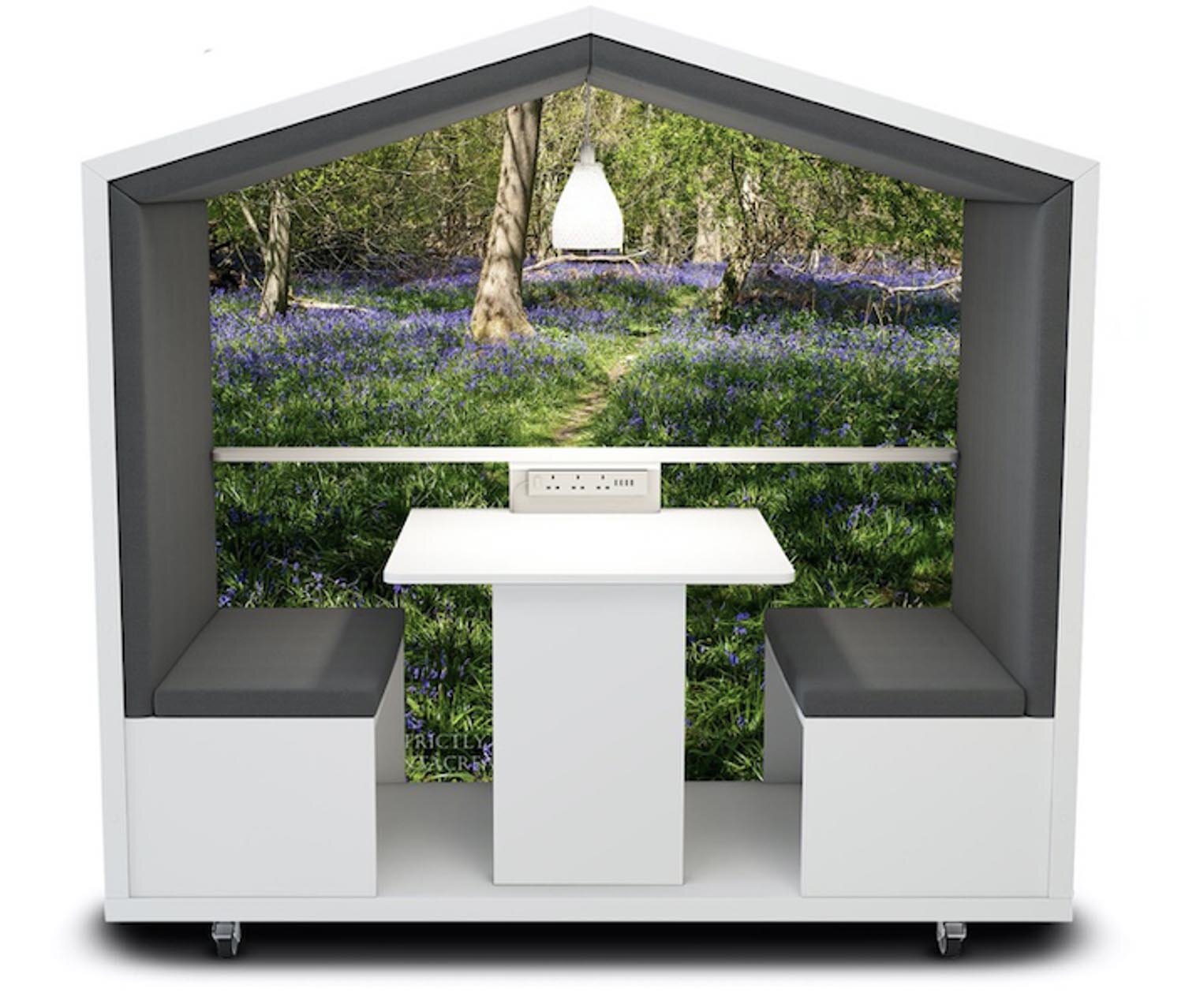For Elliott Bennett, editor of i-Plants Magazine and founder of The Biophilic Design Awards, Biophilic Design gives us an holistic approach to bringing positivity and energy into the built environment on multiple levels, and if we can make it affordable and sustainable, then even better.
Plants can be a luxury item, but, Elliott, argues, they really boost the overall environment. Coming from a B2B background, actually selling and installing plants into buildings, he descirbes just how "alive' people become when you install living plants into a building. It's simple, plants are alive, when you bring plants into a space, you bring life.
It's the same with the wider principles of Biophilic Design, bringing patterns of nature and our living planet into a space, you bring life and energy of the outdoors.




















